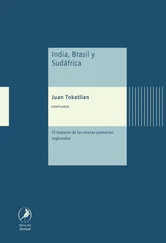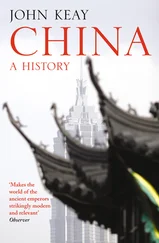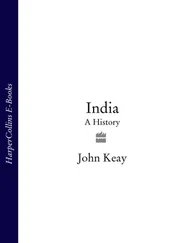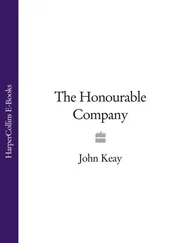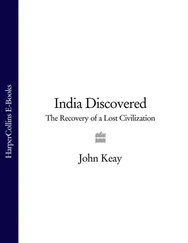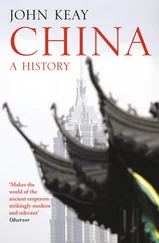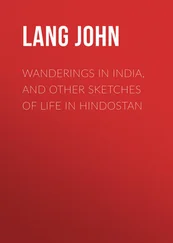Of these and much else about the south we know from anthologies of Tamil poetry and from an early Tamil grammar. The poems, of which the oldest date from about the time of Christ, were composed and first recited at marathon arts festivals, or assemblages ( sangam ), organised by the Pandyan court. They were collected into the ‘Sangam’ anthologies and committed to writing only very much later. Like the Sanskrit classics, they may therefore contain additions and revisions. On the other hand, unlike the Sanskrit classics, they were not the property of a particular caste and served no obvious ritual purpose. Moreover, they provide much reliable detail about social conditions. ‘It would be difficult to make too much of this fact,’ writes an American authority on Sangam literature. ‘Not only does ancient Tamil literature furnish an accurate picture of widely disparate classes; it also describes the social conditions of Tamil Nadu much as it was before the Aryans arrived in the south.’ 11
This verdict suggests some future Aryan mass-migration, for which the evidence is scant. Besides, Sangam literature was already aware of Aryan and Sanskritic ideals. The Tamil poets – and poetesses – knew the epics well and were keen to associate their patrons with the heroes of the Mahabharata . Place-names like Madurai, a variant of ‘Mathura’, reflect the early adoption of the sacred geography of the epics; and just as ‘Ayodhya’ travelled on to Thailand and central Java, so ‘Mathura/Madurai’ would make a further landfall in the crowded island of Madura off eastern Java. The Sangam poets also knew of the fabled wealth of the Nandas and of the one-time presence of the Mauryas in Karnataka. Brahmans were already well-established in the south and were the recipients of land grants; Buddhism and Jainism were also familiar; and the script used in the Tamil dedications of their caves was a form of north Indian Brahmi.
Caste distinctions were also observed in the south, but may well predate contact with the Sanskritic north. Certainly they did not conform to the hierarchical four-tier varna system; native ksatriya and vaisya are practically unknown in the south to this day. In caste functions, in hero-worship of the dead, and in the taboos and importance attached to relations between the sexes, there is indeed much that is non-Aryan. Equally unprecedented is the Sangam’s spirit of joyous celebration, which pervades both the endless wars between Cheras (Keralans), Pandyas and Cholas as well as the scenes of peaceful plenty and royal munificence which intervene. The impression given by these poems is not that of a society defying the rigid orthodoxies of inevitable Aryanisation, more of one voluntarily adjusting to prestigious new values and selectively adopting from them.
Patterns of Aryanisation were typically spontaneous and here, as outside India, Sanskritic innovations did not necessarily spread through direct contact with the Gangetic heartland. Thus it seems that the southern kingdoms derived as much from their seaward contacts as from landward intercourse. Literacy, for instance, ‘and indeed incipient civilisation in general’ 12look to have originally spread not southward from the Gangetic valley but northward, from Sri Lanka. Heavily indebted to Ashoka’s missionising, Sri Lanka had stolen a march on the mainland. Its Buddhist chronicles provide the only cross-dating yet established for any of the kings mentioned in the Sangam poems. And from Sri Lanka the Brahmi script is thought to have crossed the straits to neighbouring parts of the Pandya country and thence on to Kerala and the Chola country. By this roundabout route other Aryanising traits may have followed.
The maritime dimension would continue to be crucial; in fact it is from their detailed descriptions of commercial life and foreign trade that the Sangam poems derive much of their authenticity. For in references to busy markets, bulging warehouses, ships from many lands, elaborate import/export procedures, and the Yavanas (not only the Bactrian Greeks, but foreigners in general) ‘whose prosperity never wanes’, there is an impressive convergence of Tamil testimony with what we know of south India in the first century AD from other sources, principally archaeology and copious references in the literature of the Roman empire.
This was the age of Rome’s commercial expansion. The new empire’s demand for exotica was insatiable, and the acquisition of Egypt in 30 BC had opened the maritime route to the East to Roman investors. A text written by a Greek of the first century AD, the Periplus of the Erythraean Sea , contains detailed navigational, commercial and even political information on the ports of the Indian Ocean, many of which have been reliably identified with maritime outlets on India’s coast. Ptolemy’s second-century ‘Geography’ adds further details; and the Elder Pliny was already rehearsing an argument, which would become something of a European refrain in the seventeenth century, about Roman bullion being drained away by the purchase of frivolous luxuries from the East. The emperor Augustus claims to have received ‘frequent’ Indian embassies which look to have come from as far afield as Gandhara and the Pandya kingdom; and it was during his reign (31 BC – 14 AD) that Europe’s first concerted bid for the exotic produce of the East saw fleets making annual sailings from the Red Sea. Crewed by Greeks and Egyptians, they were familiar with the monsoon trade winds and headed straight for the steamy ports of India’s Konkan and Malabar coasts.
There numerous examples of Roman pottery, including wine-impregnated amphorae, have been found in both the south and along the west coast; and hoards of Roman coins have been unearthed in Tamil Nadu, Kerala and elsewhere. On the east coast near Pondicherry (south of Madras) what has been described as ‘one of a series of Indo-Roman trading stations’ has been excavated at Arikamedu. ‘To Arikamedu suddenly, from unthought-of lands five thousand miles away, came strange wines, tablewares far beyond the local skill, lamps of a strange sort, glass, cut gems.’ 13
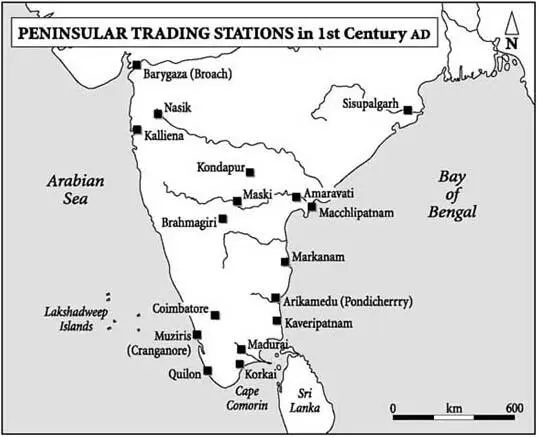
To a neighbouring port at about the same time, there also came the still ‘doubting’ Thomas. Traditionally on this, his second Indian mission, Thomas made more converts but ultimately paid the price of martyrdom. He was killed in Mylapore, now a suburb of Madras where the cave in which he lived, the hill on which he died, and the grave in which he was laid are named after him and still venerated.
Thomas had landed at one of the palm-fringed ports of Kerala’s coconut coast. From converts made there, some sections of Kerala’s still thriving Syrian Christian community claim descent. Thence the apostle had proceeded overland to the east coast. A trail of Roman finds extends across the peninsula from Cranganore, otherwise the Roman port of ‘Musiris’ (near Cochin), to Arikamedu and the mouth of the Kaveri. It would seem, therefore, that Roman shipping did not usually round Cape Comorin. Kerala’s pepper and malabathrum (a kind of cinnamon) were the principal Roman imports, and for these it was unnecessary to risk the contrary winds of the Cape. But clearly some of those amphorae of Tuscan wine, some of that glass and tableware and some Yavana traders must have trundled in oxcarts through the Coimbatore gap (in the Western Ghats) and down the Kaveri. At Arikamedu and elsewhere on the east coast they were needed to sustain a no less important trade – that in the cloves and nutmeg of the Moluccan spice islands and in the gems and resins of Malaya, Burma and the eastern Himalayas.
Читать дальше



